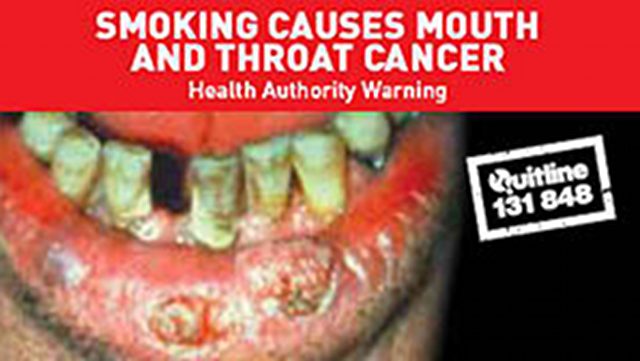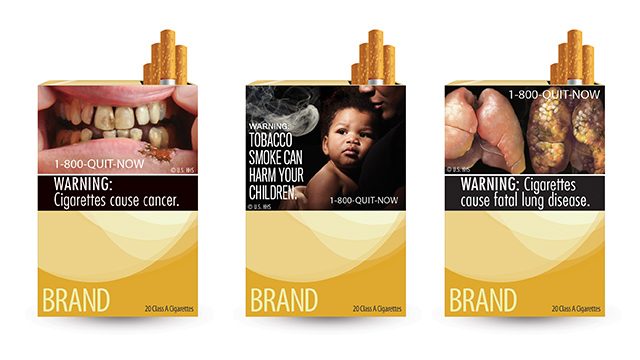SUMMARY
This is AI generated summarization, which may have errors. For context, always refer to the full article.

MANILA, Philippines – Health advocates on Tuesday, April 15, likened the “continued inaction” of Congress on the graphic health warnings bill to the persecution of Jesus Christ.
“Legislators’ inability to enact a law that will reveal the truth about smoking is like persecuting the people the way Jesus Christ was persecuted and put to death on the Cross. Every year that this is delayed is like a form of flagellation on the back of public health,” said health group New Vois Association of the Philippines (NVAP).
Bills on graphic health warnings on tobacco packages have been pending in the House of Representatives and the Senate since July last year.
Senator Pia Cayetano, principal author of Senate Bill 27 or the Picture-Based Warning Law, called the measure a revival of the fight against the tobacco lobby in the 16th Congress. (READ: Smoking kills: Senators want to show you how)
But HealthJustice managing director Irene Reyes said the proposed measures “have been time and again delayed, if not ignored, by our legislators” and demanded speedy action.
The Senate began plenary discussions on the bill in March, but remains pending at the committee level in the House of Representatives.
“We urge them to enact the law now because public health should never be a second priority especially when 10 Filipinos die every hour because of smoking-related diseases,” Reyes said.
Effective message
Reyes said text-only warnings on cigarette packs are not enough, as shown by the high smoking rate of 28.3% among Filipino adults.
Based on recent studies, graphic health warnings “can do better” in dellivering the message, health advocates said.
NVAP President Emer Rojas cited a 2008 study in Australia which showed that a majority of smokers and current quitters found graphic health warnings “believable.” The pictures also raised awareness on the potential health risks of smoking.
The study, conducted two years after Australia implemented graphic health warnings, showed that more than half of smokers thought of quitting because of the new cigarette labels.
“If you deprive people of information you are depriving them of their right to health,” Rojas said. (READ: Why PH wants an end to the ‘Be Marlboro’ campaign)
Reyes, meanwhile, said picture-based warnings are needed to warn Filipinos who cannot read or understand the current text warnings being used on cigarette packs.

Other government efforts
In 2010, the health department issued an order requiring graphic health warnings on cigarette packs, but the Supreme Court issued a temporary restraining order on it after tobacco firms questioned the move. (READ: Health advocates call for total tobacco ad ban)
In January, the Commission on Human Rights also called for the mandatory placement of the warnings, saying everyone has the right to a standard of living adequate for good health and well-being.
The Philippines is a signatory to the World Health Organization (WHO) Framework Convention on Tobacco Control which requires the implementation of “large, rotating health warnings on all tobacco product packaging and labeling.”
Hoping for success
Hoping to replicate the success of the sin tax law, Rojas urged civil society groups to continue lobbying for the graphic health warning bill in Congress. (READ: A year of sin tax: More work ahead)
“We have seen the strength of an involved civil society and an informed public during the sin tax deliberations. We are hoping that we would reap the same positive result for the campaign for graphic health warnings,” he said.
Health advocates are looking forward to the Global Adult Tobacco Survey in the Philippines to be conducted in October 2014 which can better assess the impact of the sin tax law implementation on public health. – Rappler.com
Cigarette packs image from the US Food and Drug Administration
Add a comment
How does this make you feel?
There are no comments yet. Add your comment to start the conversation.